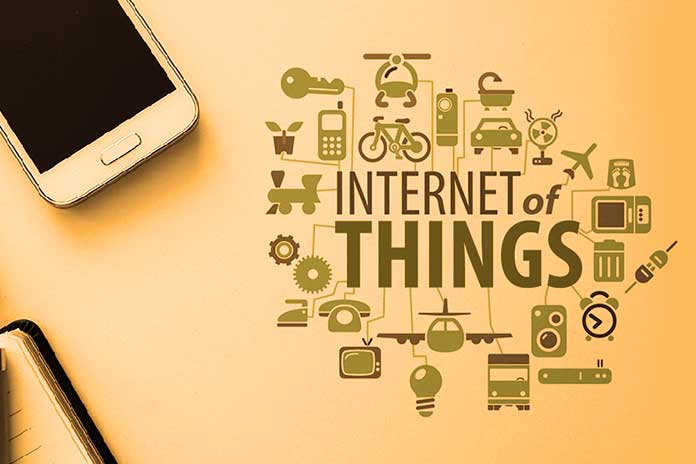The Internet of Things” is one of the most important trends of the twenty-first century and is destined to change our business and our markets. The industrial sector is where IoT applications have been present for the longest time and where a particular context has emerged called the Industrial Internet of Things (IIoT). It is also the area in the most significant rise and evidence, with issues related to automation and robotics, thanks to the innovation process that production systems are experiencing with the adoption of the Industry 4.0 paradigm. But with the fourth industrial revolution, we have also stopped thinking that there are companies that provide services and companies that instead deal only and exclusively with products.
There is a “magical” mix that even took the name of “Phygital”, which includes the physical union with the digital and allows all those who have the courage, audacity and skills to start using this technology to imagine a different world. Therefore, we can say that the IoT does not exclusively concern those who deal with the product. Still, it is essential to understand how it can interest and involve any professional and any profession since, knowing the technological basis of this discipline, one has the opportunity to imagine new services. And new products applicable to the market.
The analysis of the production is thus accompanied by a radical change that gives a digital identity to the objects, or the so-called “Smart connected products”, which provide the possibility to know the needs of our customers, consequently allowing us to have the tools to be able to propose on the market new services valuable to support the products themselves. We try to explain ourselves by reporting a classic example of IoT, which is: Google Home or Alexa, which we know is now an integral part, or almost, of our daily life. We often use it, and I think it is fascinating to communicate directly with an apparent plastic box that follows my commands to the letter, facilitating my small daily gestures.
For example, when we use voice commands with Google home to turn the house lights off and on, we think that the dialogue takes place “Machine to Machine” and therefore between the device to device via Bluetooth or other technological means, but the fascinating thing is that this complex process of technology gives the possibility to mix products and services through the cloud. This allows companies to understand more and more user behavior and, consequently, their needs. Accessing previously hidden information is difficult or even invisible to the market.
Therefore, the very purpose of the Internet of Things, and the prerogative of its usefulness, is that it can collect, process and analyze large quantities of big data in real-time, making objects increasingly intelligent and opening new perspectives and scenarios not only within the company on ‘classic’ issues such as production but in any situation and for any field. An essential and radical upheaval also took place in marketing. Thanks to these technologies, companies can have sales data in real-time, know where and how their products are purchased and immediately receive customer feedback. It follows strategic planning in real-time made of continuous and constant adjustments.
The IoT is the starting point for creating connected products, that is, objects that network their ability to detect contextual information. If the related products align with the production systems already in the product creation phase, they allow the processes to be modified according to actual needs. In this way, we move from connected products to innovative products, in which intelligence is added to interconnection. With a network of interconnected and intelligent products, which network the results of individual processing capacities, it is thus possible to create new value services for users. For example, brands can take advantage of the new communication channel of things to relate to those who own and use items to personalize offers.
Customer management and after-sales assistance can also be more contextualized and personalized to the individual consumer. Furthermore, according to marketing experts, in the future, consumers will be less and less willing to type requests on a device and more and more convinced that their needs must be immediately understood and fulfilled. Intelligent things will lead the consumer to new habits and cultivate new expectations. Likewise, the Internet of Things allows for more innovative and targeted advertising, with valuable and relevant messages aligned with the consumer’s profile, behaviors, and previous purchases. In conclusion, this demonstrates how IOT can be applied to other business disciplines, giving a real possibility of growth and making it possible to create new products and new services.


